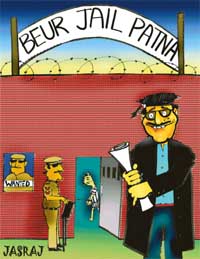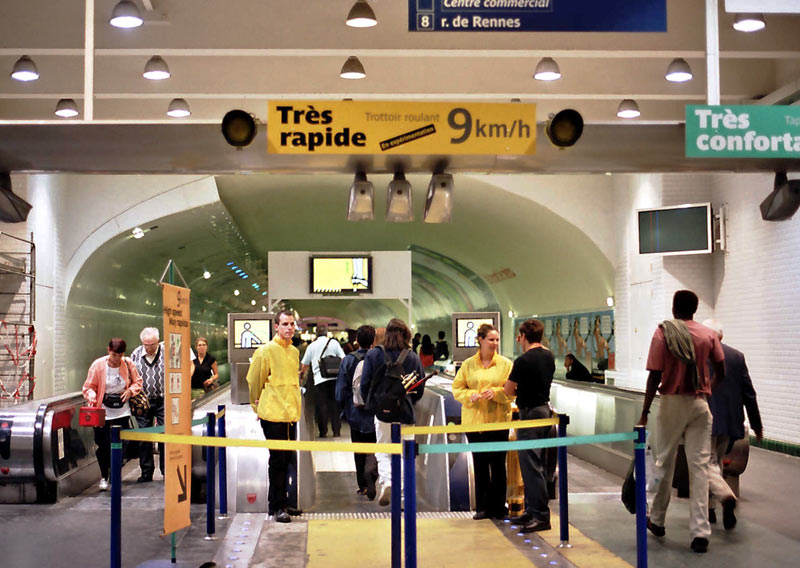
Where to spend your weekend in Singapore, Goa, Bali, what numbers do celebrities like,
That’s what the largest circulating newspapers tell us.
With 80% of Sunday Edition being only advertisements inviting all urbanites for the grand shopping sale, with educated citizens buying more brands, more imported clothing, where is the news of the rural India. Or to say where is the news of India, as most of Indians reside away from the city.
With an opening of a fashion boutique look at the news space given with pictures, what about the news and pictures of an ordinary day of Below Poverty line. Don’t we need news that compare the 2 distant realities, why only news about how and what celebrities wear at Birthday Bash.
Everyone can give reactive news, look at semi-clad pictures, why should we watch such news print or media channels, Newspaper came in this country to make a revolution?
Does TOI the largest circulated news paper create a revolution in India? Yes it does, a revolution to materialism, a revolution to create more lust and so called fashion statements in the young urban mindset, a revolution to be disconnected from India, a revolution to remain in ignorance of urban culture, in true marketing sense the debate is does News Agents like TOI choose its readers or do readers choose TOI ?
Some smart brand managers create new segments for their products; TOI is one of those smart marketers. News on TOI is full course meal, soup to dessert in form of Bangalore Times or Mumbai Times…question is can profits not be made with noble objectives, the talent of all journalists in good newspapers, where is it being used and for what purpose. Journalism is a passion, one lives to read, its quest of human development, where is journalism heading in print. Once in a week you will find a hard hitting editorial, where is the competitiveness for the creating the change, which existed when Kesari transformed this nation.
Every employee has 2 responsibilities, one towards his Employer that fundamentally represents shareholder value and second how can his/her work go back to the society. Journalism is a profession that has been looked upon as the agent of change, again, just open the front page, why do we need a semi clad picture on the title left side, why , why create a segment which lives for short term benefits, not meeting the second primary responsibility.
I agree its hypocrisy that all segments have a certain amount of pervert in them, but does that mean journalism exploits a negative sub conscious element. Is it the race of money that drives journalism, or to play a bigger role of being the change?
I agree censorship of press or its monitoring by a watch dog will not be acceptable in democracy. It’s finally up to the News Agents stakeholders, primarily the Editor, promoters and the readers to decide what’s the news they don’t want to read. It’s for these stakeholders to decide how much space a news of Dog meat being served by mistake versus news of farmer suicides should be given.
 The objective is the today’s news readers are not sensitive to issues in the rural India, not because they are not interested, not because they don’t see such issues in newspapers, but because newspapers have conditonalized them for decades to be insensitive to real issues.
The objective is the today’s news readers are not sensitive to issues in the rural India, not because they are not interested, not because they don’t see such issues in newspapers, but because newspapers have conditonalized them for decades to be insensitive to real issues.
Where as the newspapers assume that today’s reader is not interested in reading about a life of below poverty line family, they follow the need theory and marketing principle that readers and customers crave to have better lifestyle, happiness and celebration, they assume that readers need escapism from pains and suffering from rest of India. And a newspaper then plays a role of an entertainment, and caught amidst this vicious cycle is freedom of press, which today is misused, and now is worth only for scrap, as colored papers weigh more.
Can News Mediums- Print and Media, move towards political and non political consulting, a news agent which throws options infront of policy makers, a news mechanism that provides best practices across the country and world, get specialists and experienced executors to come one platform to provide guidance to policy makers. A news mechanism that not just gives debates but brainstorming and solution directed debates.
We don’t want the generations to come spend time talking about issues and debating them, we need them to go one step further, we need them to discuss solution directed talks. Or else we have a generation of reactive talkers.
Young minds are porous, they absorb cultures and opinions, I see a lot of TOI readers being brainwashed, it might not be an alarm today, but soon….
Like Americans lived in ignorance of what US policies were in Central Africa, where they still believed that world is America, and nothing else. Same might happen in India, world for Mumbaikars is only Mumbai. They will become insensitive to everything, else until the day the oppressed strike back. Newspaper is just not a Product, its Brand Personality with which reader associates with. The reader with time adopts the personality of the brand, that means a generation of insensitive mindset.
We need blogging in regional languages at Panchayat levels, we need the world to know that we are ready for being an inspiration to other countries, the path taken by us should be noble.





